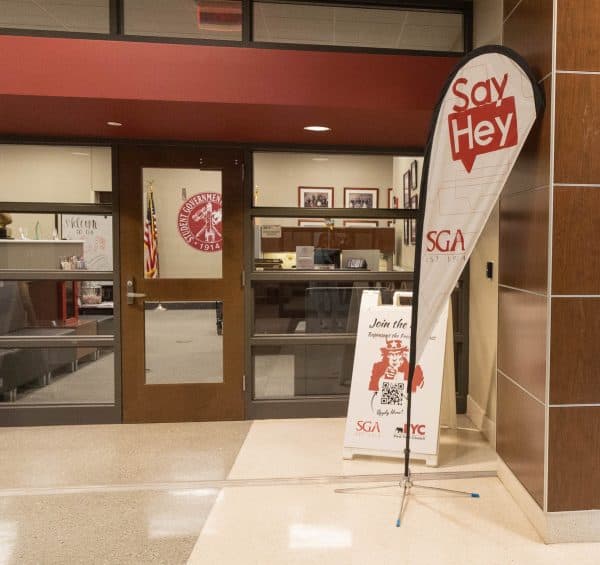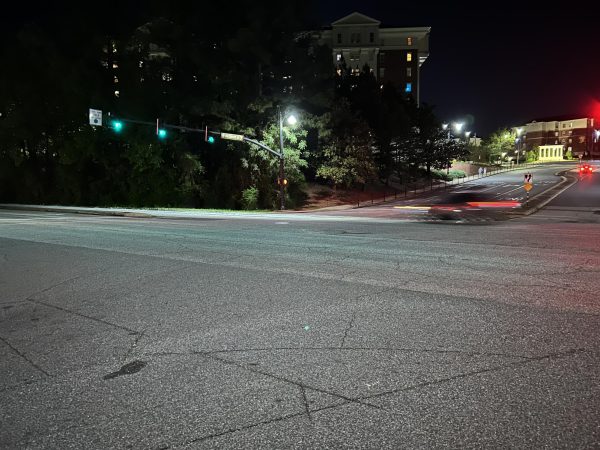Geography professor chases hurricane
September 21, 2018
Since experiencing Hurricane Frederic as a child, Jason Senkbeil, associate professor of geography, has been interested in meteorology and the science behind hurricanes.
His encounter with hurricanes at such a young age – and continuing to see more of the storms throughout his life – only strengthened his fascination with them.
“From a very young age I started playing around and learning about hurricanes, and then when I got old enough to drive I started driving into them,” Senkbeil said. “I would just tell my parents I was going somewhere else.”
His intrigue continues to this day. As a researcher, Senkbeil studies better ways to communicate the hazards of hurricanes so people can understand the threat of the conditions they are facing.
To continue his research, last weekend, Senkbeil’s interest took him into the heart of Hurricane Florence. He traveled to a town just outside Wilmington, North Carolina, where he has a family home, to study weather patterns and talk to some of the people who decided not to evacuate.
“Not many people interview the people who stayed, because if you do, you also have to stay,” Senkbeil said. “You’re going to get stuck, but that’s fine with me.”
According to The Associated Press, Hurricane Florence left around 37 people dead, with at least 27 of the deaths occurring in North Carolina. The state was struck with nearly three feet of rain.
Despite the threat, Senkbeil travels all over the country to chase storms such as Florence, interviewing people about what they believe the storm is going to look like and how it affected their decision to not evacuate.
However, a brief run in with the police paused his research. He said the city curfew went into effect at 8 p.m., and he thought it was only for the night since most storm curfews end the next morning at 8 a.m.
That wasn’t the case. The next day, he hopped in his car and headed to the beach to take pictures of the water.
“I did not realize that it was a daytime curfew as well, so the police got very angry with me, and I almost got arrested,” Senkbeil said. “I just didn’t know.”
He headed back to the house upon police request and spent the next few days only leaving it to take pictures, videos and get measurements as the storm rolled through. Each time, he poked his head in each direction, making sure there were not officers watching him.
“I got right in the middle of the eye, and I’ve been there before, but only right on the edge, so it was weird because it was so calm for so long that birds were coming out,” he said.
From the eye, he could see the back half of the storm coming in.
Senkbeil was looking at more than just the wind speeds, which ripped through at 80 mph. He looked at things such as hurricane speed and rain levels. He did so because his research focuses on more than just the wind. While he said it is important, the other factors are just as important and need to be communicated to the general public.
“Hopefully Dr. Senkbeil’s type of research can help the meteorological community better convery risks to the public,” said Walker Skeeter, a former graduate student who traveled to Hurricane Harvey last year with Senkbeil.
Another student who went to Hurricane Harvey with Senkbeil, Kimberly Brothers, a senior majoring in geography, agreed with Skeeter that Senkbeil’s research is helping the public.
“It is clear to me that Dr. Senkbeil cares for the wellbeing of society, which I think he emphasizes in the work he does,” Brothers said.










